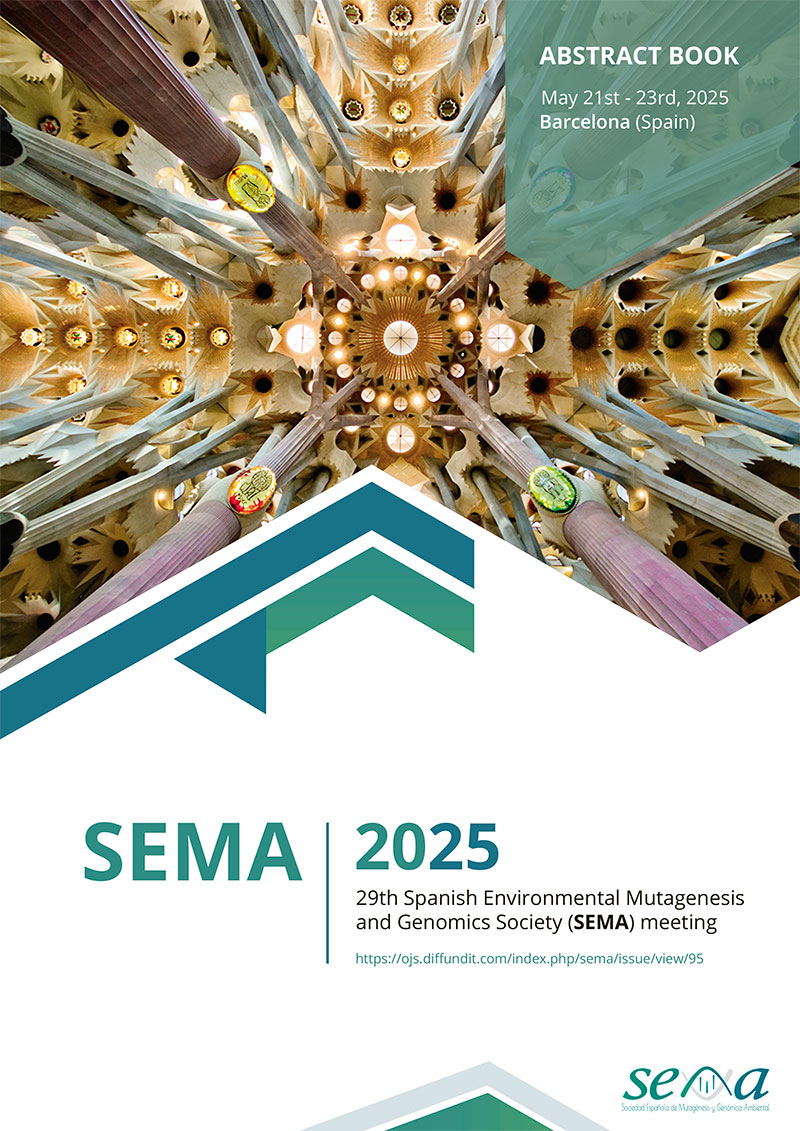Abstract
Loss of corneal transparency observed when cellular and molecular defense mechanisms are overwhelmed by stressors is one of the leading causes of blindness worldwide. Treatments to restore vision include transplantation of full thickness or laminar corneal donor tissue. Before surgery, donor corneal tissue is maintained either in cold medium or in organ culture in an Eye Bank. To human tissues and cells, organ and cell culture systems are foreign environments, and transfer of cells to such systems may increase oxidation levels. Apurinic/apyrimidinic endonuclease 1 (APE1) is a protein involved in oxidative stress. Our aim is to examine distribution and expression of APE1 in non-cultured and organ cultured human limbal epithelium.
Samples of non-cultured and Eye-bank organ-cultured corneo-limbal tissue were processed for immunohistochemistry. By semiquantitative evaluation and using Fiji (Image J), distribution and intensity of reactions were examined. In control samples high density of staining for APE1 was seen in nuclei in basal layers in cornea (Superficial (S): 10.3, Intermediate (I): 17, Basal (B): 28.4) as well as in limbus (S: 6. I: 13.8, B:21.6), although nuclei in all layers showed varying degrees of positive reaction. The same gradient was observed in organ cultured samples where high-density staining was mostly observed in basal layers (S: 6.3, I:9.7, B:20.7). In non-cultured limbal samples as well as in organ cultured epithelium, a noticeable crowding of nuclei with high density staining for APE1 was observed in crypt-like formation.
Organ culture is used for storing tissue for transplantation and as a starting point for ex vivo production of epithelium. Our experiments show that epithelial cells retain the ability to express APE1 under conditions that are commonly used for such tissue storage/cultivation.
Funding: Supported in part by Arthur and Clauson's legacy, Inger Holms Memorial Fund, Blindemissionen IL, The Norwegian Association of the Blind and Partially Sighted, Center for eye research, Oslo University Hospital and the University of Oslo.

This work is licensed under a Creative Commons Attribution-NonCommercial 4.0 International License.
Copyright (c) 2025 Spanish Journal of Environmental Mutagenesis and Genomics

